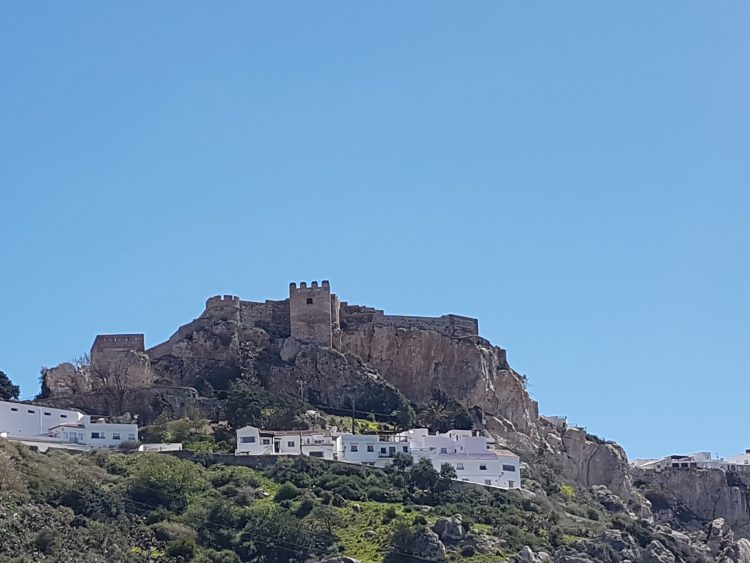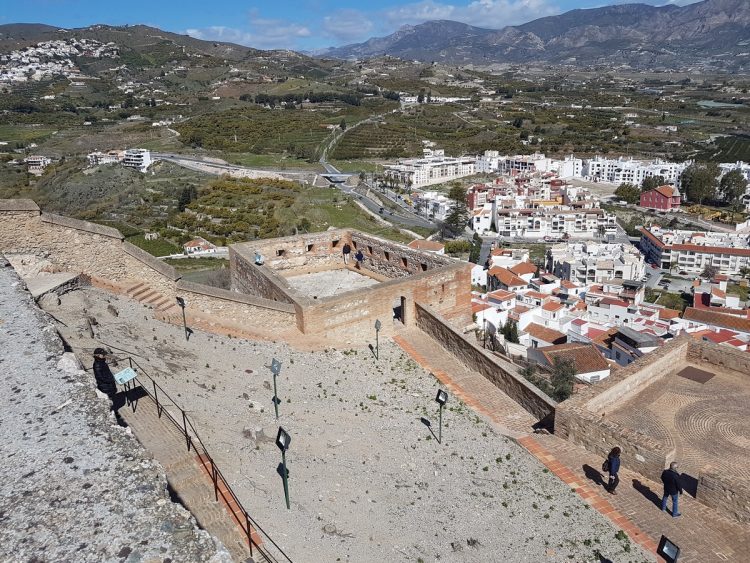Castillo de Salobreña
Two weeks ago, I took a break from editorialising and went to Andalusia in Spain for a week. While I was there, I indulged my passion for castles and fortifications.

Thankfully my partner Emma and her parents share my love of history. We took a trip to Salobreña, a town with very narrow streets built on top of a rocky outcrop on the shores of the Mediterranean.

The castle dates from the 10th Century and was built during the Nasrid dynasty. It served as a royal palace with garden, and at times as a prison for the dynasty (for noble dissenters).

The castle overlooks the fertile plain of Costa Tropical. You can see the peaks of the Siera Nevada in the distance (which still had snow on them when I visited).

The luxury of the castle can be seen in the remains of a large bathhouse, similar to ones I saw in Cordoba and to original Roman bath designs (the Nazrids clearly liked to keep clean). Interestingly, it was demolished after the Christians conquered the site.

How castles 'work' has always interested me. The approach from the main gate to the inner gate requires the attacker to turn left, exposing their unshielded right side to the inner defence walls.

Once the castle had been seized by the Christian Spanish in circa 1489, it was modified for cannons. Every cannon port in the castle covers either the entry to the castle, or points out on the town of Salobreña. The town would have remained a predominantly Muslim town until the expulsions after the Alpujarras rebellion).

A portion of the castle was rebuilt in the 1960s. With spectacular views and a mere 4 Euros to look around, Salobreña is well worth a visit. So if you go to Spain on holiday, take some time out from the sunbathing, Tapas and Sangria to discover the rich history of Spain.
